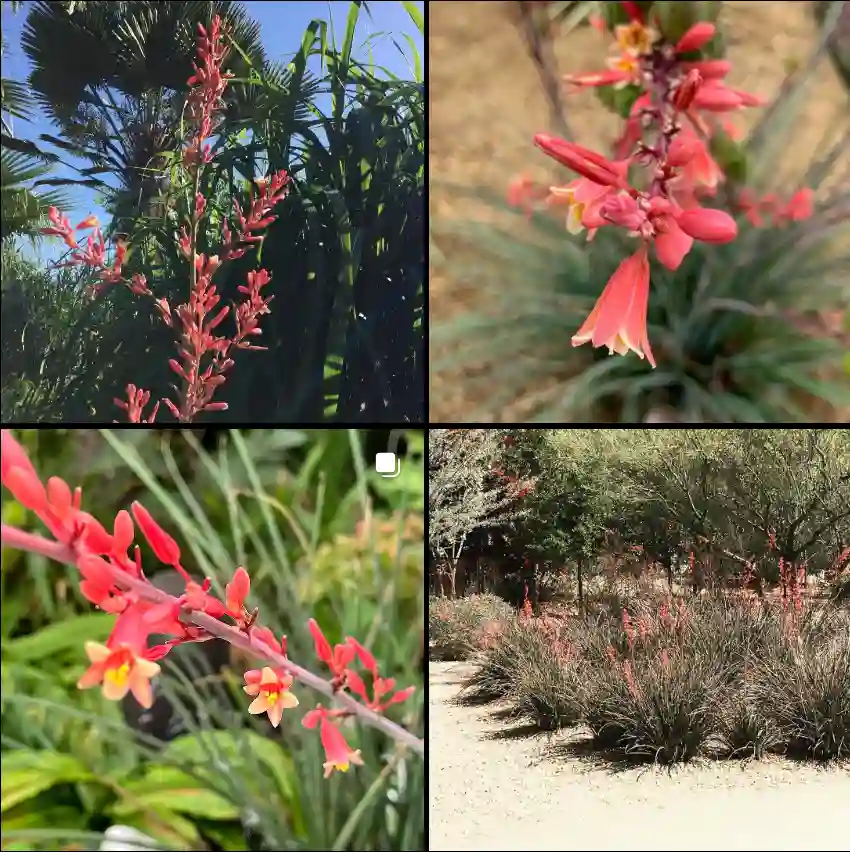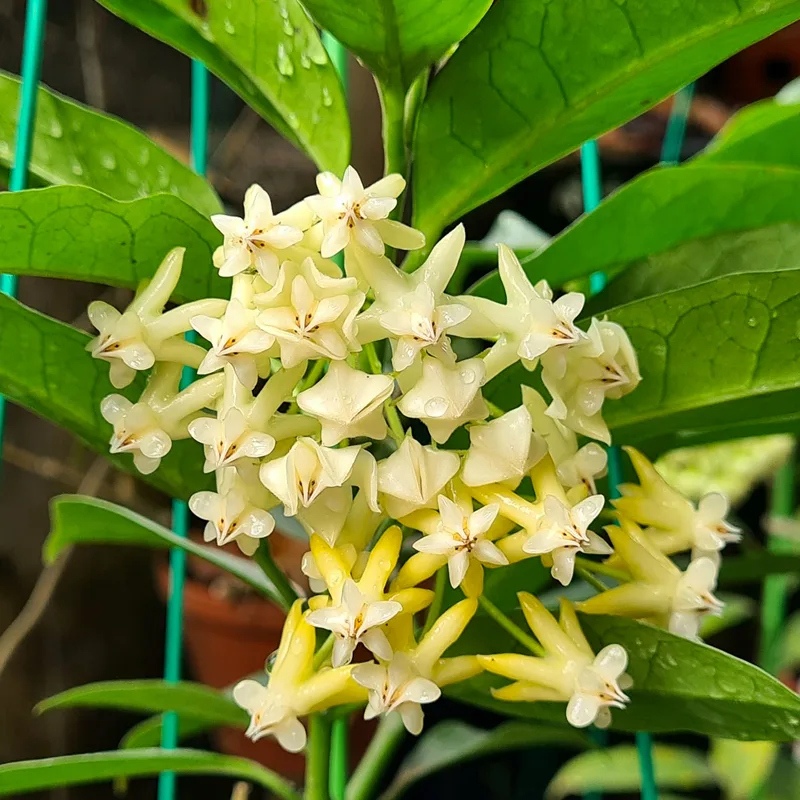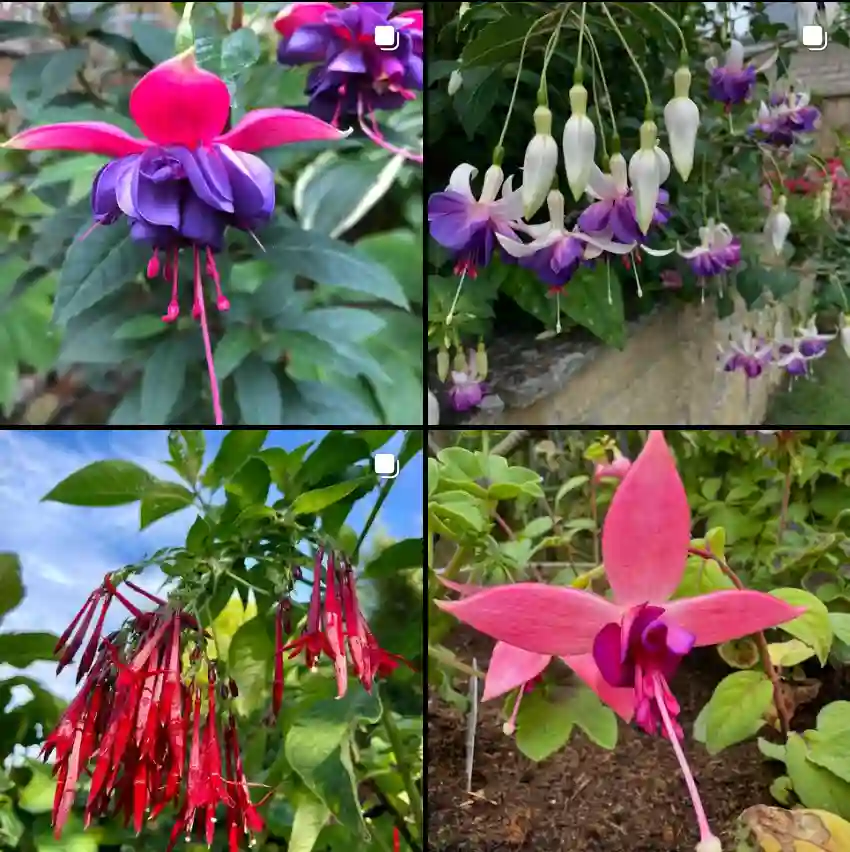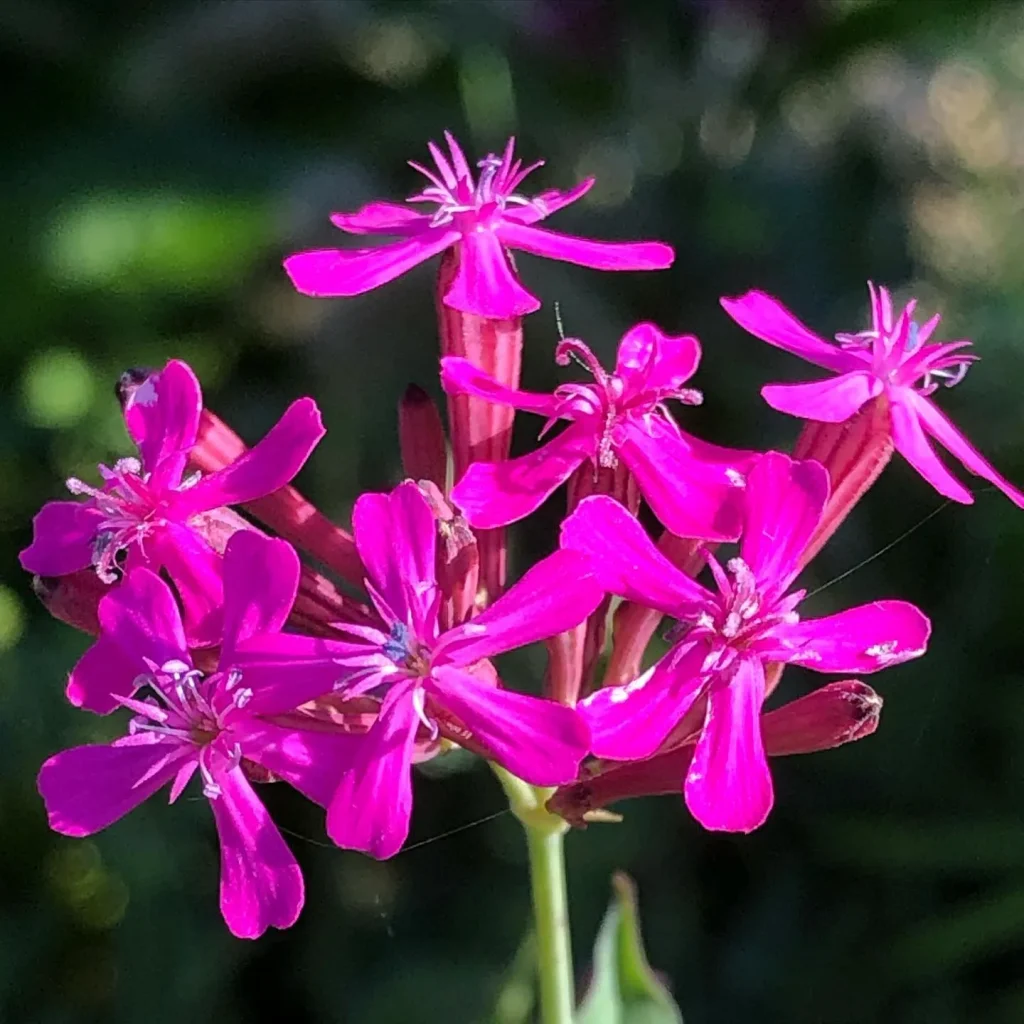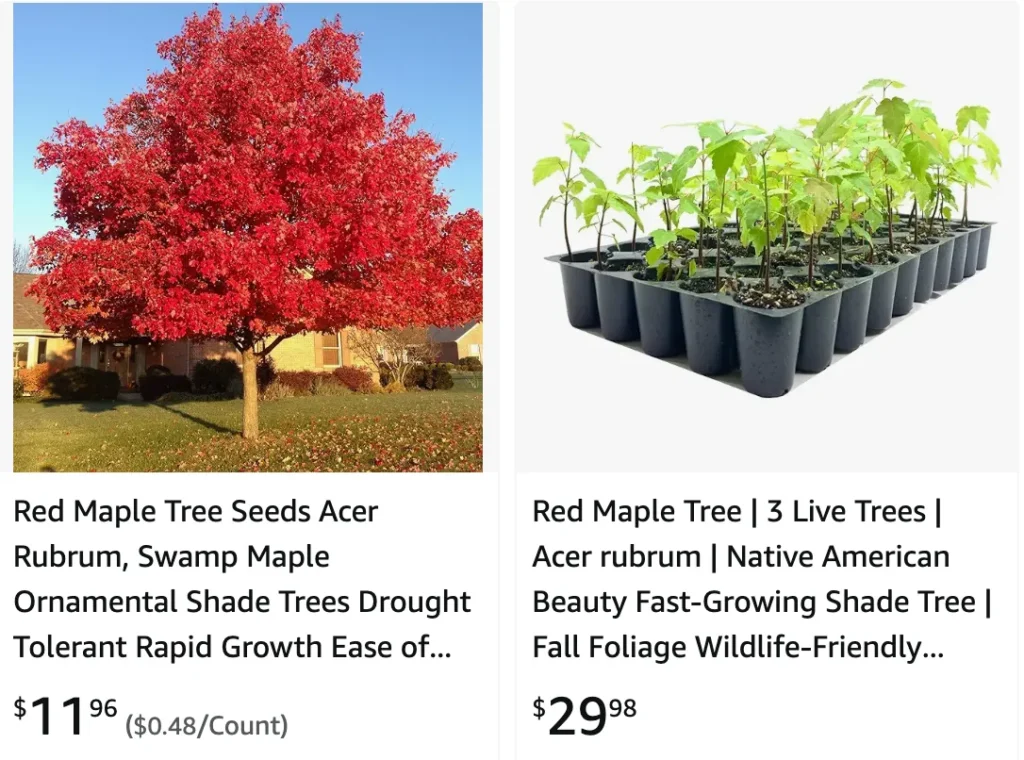
What is an Acer Saccharum tree?
An Acer Saccharum tree is a deciduous tree native to North America, known for its brilliant fall foliage and its importance in maple syrup production. I grew up surrounded by these majestic trees, and they’ve always been a symbol of autumn for me. There’s something magical about walking through a forest filled with sugar maples, especially when their leaves are ablaze with color.
168 Species in Genus Acer – Maple Tree
Acer Saccharum vs Acer Rubrum
When I had Acer Saccharum in my yard, its vibrant fall colors were a stunning display of golden yellows and rich oranges, whereas Acer Rubrum’s fiery red foliage brought a different kind of excitement to my garden, though I found the Rubrum to be a bit more temperamental in my soil conditions.
What is the common name for Acer Saccharum?
The common name for Acer Saccharum is sugar maple. I remember learning about it during a nature walk in the fall, surrounded by the vibrant colors of its leaves. The name “sugar maple” always fascinated me because it hints at something sweet, which perfectly describes the taste of the maple syrup made from its sap.
What does Acer Saccharum mean?
Acer Saccharum translates to “sugar maple” in Latin. I found out about this while doing some research for a biology project in high school. It was intriguing to learn that even in its scientific name, the tree is associated with its sweetness and the production of maple syrup.
Is Acer Saccharum Green Mountain deep rooted?
Yes, Green Mountain sugar maple trees are indeed deep-rooted. I learned this firsthand when I was helping my dad plant one in our backyard. It amazed me how deep and strong the roots were, providing stability and nourishment to the tree.
Is Acer Saccharum masting?
Acer Saccharum is known for masting, which means it produces a large crop of seeds in some years and few or none in others. I first encountered this concept while studying ecology in college. It’s fascinating how the tree’s reproductive strategy can vary so drastically from one year to the next.
What does each part in Acer Saccharum mean?
Each part of Acer Saccharum has a meaning related to its characteristics or use. The genus Acer refers to the maple genus, while Saccharum means “sugar,” emphasizing its significance in maple syrup production. It’s fascinating to delve into the etymology of botanical names and discover the stories behind them.
How to care for Acer Saccharum?
Here’s a guide on how to care for Acer Saccharum:
Planting Location:
- Sunlight: Prefers full sun but tolerates some shade, especially when young.
- Soil: Thrives in well-drained, fertile, slightly acidic soil (pH 5.5 to 6.8). Avoid constantly wet or dry soils.
- Space: Provide ample space for mature growth, as Sugar Maples can reach 60-80 feet tall with a wide crown.
Watering:
- Established Sugar Maples are fairly drought tolerant.
- Water deeply during dry periods, especially in the first few years after planting, to encourage root development.
- Avoid overwatering, which can damage the roots.
Fertilizing:
- Young trees can benefit from light fertilization in early spring with a balanced fertilizer according to package instructions.
- Mature trees generally don’t require regular fertilization.
Mulching:
- Apply a 2-3 inch layer of mulch around the base of the tree, keeping it a few inches away from the trunk.
- Mulching helps retain moisture, suppress weeds, and regulate soil temperature.
Pruning:
- Extensive pruning is generally not necessary for Sugar Maples.
- However, you can prune for shaping or removing dead, diseased, or crossing branches in late winter or early spring.
Additional Tips:
- Sugar Maples are relatively pest and disease resistant. However, watch out for common maple problems like aphids, scale insects, and fungal diseases.
- Be mindful of root systems when planting near structures or walkways as they can be aggressive and potentially damaging.
- Sugar Maples are known for their stunning fall foliage display with vibrant yellow, orange, and red colors.
By following these care tips, you can help your Acer Saccharum thrive and become a majestic addition to your landscape for generations to come.
If i die, water my plants!
